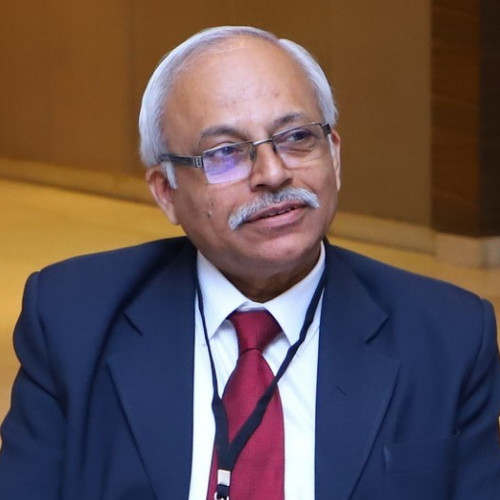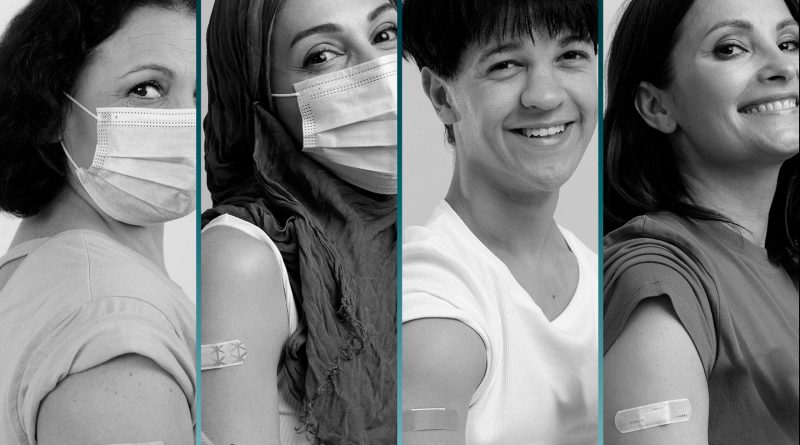Vaccine Faith, Fear, and Facts
Vaccines, hailed as powerful tools in combating infectious diseases, also stir heated debates like no other medical intervention. While they save countless lives, their deployment requires a nuanced approach involving careful consideration of risks and benefits.
By Dr Amitav Banerjee

No other intervention in medicine generates as much heated debate as that centred on vaccines. If powerful tools are double-edged, vaccines prove the point conclusively. Vaccines have both helped and harmed, depending on how thoughtfully these potent instruments were deployed.
When vaccines prevent disease or death, the outcome is often a non-event, unnoticed at the micro-level. Such non-events are difficult to appreciate. However, when vaccines cause adverse effects, as all medical interventions can, the outcome is stark and, in the case of death, very tragic. These tragic events are never forgotten, while the benefits—the non-events—often go unrecognised by the general public. To borrow a phrase from Julius Caesar, “The evil that men do lives after them; the good is often interred with their bones.” This sentiment applies to both humans and vaccines.
Recent thoughtless vaccination strategies, such as the hurried vaccine “nudges” against COVID-19, have caused concerning adverse events like myocarditis, leading to a growing distrust of vaccines, even those which may have some benefit at the population level.
Perspectives are shaped by personal experiences. Health workers in underprivileged regions may witness numerous vaccine-preventable child deaths, while affluent communities might not encounter these deaths, regardless of vaccination status.
When asked about my views on vaccines, my response varies based on the inquirer’s stance. For strong vaccine advocates, I cite adverse events, including deaths, to challenge their unwavering “faith” in vaccines. Science begins to decay when it approaches the realm of faith. For those labelled as “anti-vaxxers,” I emphasise the benefits of selected vaccines in specific contexts. In both cases, I promote “vaccine hesitancy,” a term currently considered taboo. My goal is to agitate both firm believers in vaccines and “anti-vaxxers” alike, fostering a sense of vaccine hesitancy.
I fail to understand the concerns about “vaccine hesitancy” expressed by many professional bodies, including the World Health Organisation (WHO). Just as every child is taught to look both ways before crossing the street, should we call this “pedestrian hesitancy?” Certainly not. The term “vaccine hesitancy” is similarly oxymoronic.
India’s roads have one of the highest densities of vehicles, with the number of cars rising exponentially post-liberalisation, driving away the old warhorses: the Ambassadors from Kolkata and the Fiats from Mumbai. Poorly maintained roads and weak enforcement of traffic rules compound road safety issues. Motorists often disregard pedestrians, creating “traffic anarchy.” Pedestrians need “pedestrian hesitancy” as a survival skill.
A similar scenario of anarchy is emerging with the launch of newer vaccines. Post-liberalisation, vaccine manufacturing has shifted to private hands. Like the old Ambassadors and Fiats, public sector units manufacturing vaccines, such as the Central Research Institute Kasauli, The Pasteur Institute in Coonoor, and the BCG vaccine laboratory in Chennai, were shut down due to failing quality control, paving the way for private players.
Following this, we saw an influx of newer and newer vaccines being added to the Universal Immunisation Program (UIP). Under this program, the government procures vaccines in bulk and distributes them free of charge to beneficiaries. This public-private partnership ensures guaranteed profits for manufacturers, mostly private entities. India, with its large population, naturally became a favoured market for vaccines. The goal of the manufacturers became to lobby intensely with government officials and scientists to include their vaccines in the UIP.
What about the politicians? They are exemplifying Rudolf Virchow’s famous statement, “Medicine is a social science and politics nothing but medicine at a larger scale,” uttered almost two centuries ago. Providing life-saving vaccines free of cost to the public is seen by the masses as a commendable welfare measure and garners votes. It pays to play to the gallery.
What about the scientists? What about evidence-based medicine? Scientists are human and have their biases and, increasingly, various conflicts of interest and compulsions. Few can be truly detached and objective, or afford to be. Most leading scientists and those advancing in their careers depend heavily on research grants from pharmaceutical companies. Many genuinely believe that vaccines can do no harm, which is true in most cases. However, even one healthy person dying from a vaccine is one too many and must be taken seriously. Scientists worth their salt cannot ignore such instances or brush them under the carpet by calling them coincidental, soothing their conscience but killing their soul. Due to our poor health infrastructure, our Adverse Events Following Immunisation (AEFI) monitoring is inadequate.
As vaccines flood the UIP due to these dynamics, common citizens, like the poor pedestrian, must cultivate “vaccine hesitancy,” weighing the risks and benefits customised to individual indications and the prevalence of a particular disease in a community. One size does not fit all.
Answering correctly whether vaccines are safe and efficacious is difficult. Even motor vehicles are not safe, killing over 500 people on Indian roads every day. Caution is needed when handling both vehicles and vaccines.
As a country develops, most morbidity from communicable diseases decreases due to improved living standards. In less privileged regions, however, vaccines play a crucial role in overcoming crises of deprivation. The role of vaccines is nuanced, and taken out of context, the issue becomes polarised.
Film stars and celebrities, some even faking death like Poonam Pandey to promote a vaccine, should be seen as large hoardings on the roads, distracting pedestrians and practitioners alike. I have witnessed vaccine-preventable deaths that haunt me, and I have met parents whose child was maimed or died after immunisation. There are no easy answers. We certainly need more serious scientists conducting serious research to resolve these issues, rather than frivolous celebrities and movie stars promoting vaccines like Coca-Cola.
The author, a professor at D Y Patil Medical College, Pune, served as an epidemiologist in the armed forces for over two decades. He was recently ranked in Stanford University’s list of the world’s top 2% scientists. He has penned the book, Covid-19 Pandemic: A Third Eye.)

